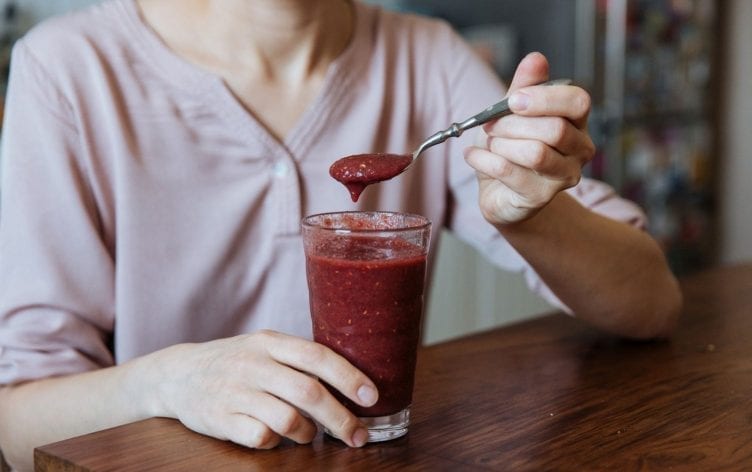The Truth About Meal Replacement Shakes for Weight Loss??

Imagine this: You’re sitting at your desk between meetings, and you realize you’ve only got 10 minutes for lunch. You didn’t prep anything ahead of time and 10 minutes isn’t long enough to whip up something healthy or even run out to grab a salad. If you’re trying to stay on track with your Weight loss goal this can be a stressful situation.
Enter: the meal replacement shake. A quick, convenient solution, these pre-made drinks are usually easy to find in grocery stores — or you can order a whole case online to keep on hand for situations just like this.
But is it actually a good idea to rely on meal replacement shakes regularly, instead of real food? Here, nutrition pros tell us what they really think.
There are several different types of meal replacement shakes. First, there’s the type that is marketed for weight loss. But there are also newer shakes that aren’t explicitly for the person who’s trying to lose weight. Instead, they’re marketed as a solution for the super busy.
ARE MEAL REPLACEMENT SHAKES GOOD FOR WEIGHT LOSS?
Just because people associate these drinks with weight loss doesn’t necessarily mean they’re automatically a good strategy. In fact, dietitians vary in their opinions about these drinks.
On one hand, some nutrition pros think these shakes are great for weight loss, especially if they’re taking the place of highly processed convenience foods. “Meal replacement shakes can be a great way to get a variety of vitamins and minerals compared to grabbing fast food,”. “They can also be a safe bet as far as serving size and portion control since we can tend to consume more than we need to when we’re hungry.”
But, dietitians agree that eating real food is usually better than a meal replacement shake, when possible. “While meal replacement shakes are preferable to skipping meals and some studies show that they are useful as an adjunct to other behavioral weight-loss programs, they are not a sustainable diet — the key to any weight-loss program,”. It’s true that many shakes include tons of vitamins and minerals, but they lack the phytochemicals and many other essential components that are found in food, and often don’t include much fiber.
WHAT TO LOOK FOR IN A SHAKE
All three macronutrients: “we recommend looking for a meal replacement shake that includes carbohydrates, proteins, and fats.“If you’re not getting a balance of these three, you’re not going to feel satisfied from this ‘meal,’ and will likely compensate by overeating at a later time. This can sabotage your weight loss if that’s a goal.”
Enough calories: “The best meal replacement drinks would mimic the nutrients you would get in a whole meal. Depending on your daily calorie needs, this would be anywhere from 300–400 calories, 15–20 grams of protein, 5 grams of fiber, and 10–13 grams of fat, preferably unsaturated. “This combination helps to control hunger and manage your appetite, It’s also a good idea to look for shakes that have less than 5 grams of sugar.
Vitamins and minerals: Shakes should also contain a variety of vitamins and minerals to help you meet the daily recommended amounts.
PRACTICAL TIPS AND ALTERNATIVES
Don’t rely on shakes alone. “Meal replacement shakes are not meant to be used for all meals. “While they do contain vitamins and minerals, they do not include enough of all the nutrients necessary for a healthy and balanced diet. Generally speaking, they also tend to be on the lower side of calories, so using them to replace all meals would most likely leave you feeling hungry and low energy.” noting that your body knows the difference between getting 300 calories from a meal replacement shake and getting 300 calories from real food. “If you’re going to utilize meal replacement shakes, do so when they’re called for. Don’t rely on them day in and day out to nourish your body.”
Supplement your shake. If you opt for a shake that’s less than 300 calories to replace one of your main meals, you may want to pair it with a snack to keep your hunger at bay!!
- A banana with 2 tablespoons of peanut butter or a handful of almonds or mixed nuts
- Multi-grain toast with avocado or hummus
- Low-fat and low-sugar yogurt that contains 5-10g of protein with fresh fruit
- Carrots with peanut butter or hummus.
Comments
Post a Comment
If you have any doubts plz let me know.